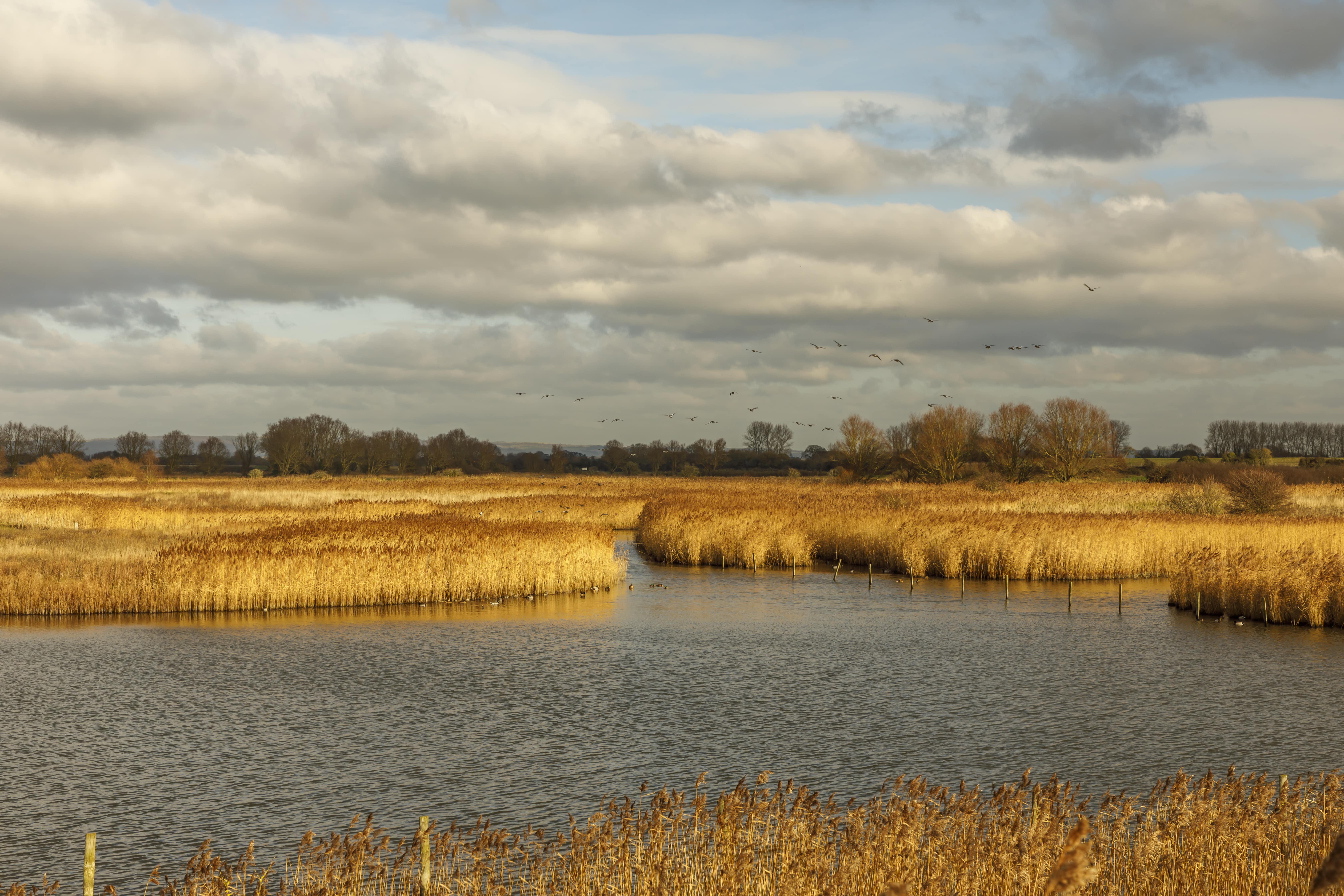
Pioneering solutions to reduce storm overflows ‘will bring nature back to communities’
Southern Water will accelerate its vital work in driving down the use of storm overflows, enabling an ambitious two-year programme to expand its nature-based and engineering solutions.
Today, Ofwat has announced proposals which, following a short consultation, would allow Southern Water to further accelerate its vital work in driving down the use of storm overflows, enabling an ambitious two-year programme to expand its nature-based and engineering solutions.
Following a number of successful pilot schemes, we have proposed to Ofwat the roll out of a range of innovative projects to stop and slow surface and groundwater reaching our sewer system, across three areas within our region:
- Isle of Wight
- Kent’s North and East coasts
- The Harbours and South Downs areas of West Sussex and Hampshire.
These proposals would see us invest up to a further £50m between now and spring 2025 and we have clear plans around how we’ll start this region-wide scaled-up approach.
As well as improving our existing network, and ensuring all sewer pipes are connected correctly, much of this funding will be spent on ‘greening’ communities. Whether by installing raingarden planters, introducing swales and tree-pits to urban areas, or embarking upon new wetland schemes in the countryside, we will be embracing nature to slow the flow.
Storm overflows occur when the normal sewer levels rise due to surface and groundwater entering them – usually during or after a period of rainfall. The mechanism acts as a release valve, into the environment, so homes and communities are not flooded when pressure on the network builds. But we agree with our customers that they are not acceptable.
Lawrence Gosden, Southern Water CEO, said: “Reducing the use of storm overflows and their impact on water quality is a priority for me. To do this we have to get to the root of the problem and reduce the amount of surface water entering the sewerage system.
“The opportunity to accelerate our rollout of the innovative and sustainable drainage solutions we have already piloted, on a much larger scale in three specific areas, is a positive opportunity. These tactics have proven to help reduce volumes of surface water, stop sewage spills, and bring nature back to communities.
“This comes ahead of a much wider investment of billions of pounds over the coming decades, marking the beginning of the end for storm overflows.”
Work on the Isle of Wight will build on activity already taking place in Gurnard and Cowes, before moving onto Fishbourne, Wotton, Yarmouth and Freshwater. In Havenstreet, we’ve already trialled the use of slow draining water butts, where two thirds of our customers took part in the scheme. By controlling the amount of water reaching the ground, we have witnessed a 70% reduction in local storm overflow activity.
Similarly, activity in Kent will expand on efforts ongoing in Deal, Margate and Whitstable, and we are hoping to achieve at least a 20 per cent reduction in total storm overflows in these areas by spring 2025. Meanwhile, the team will expand on initial studies in nearby Fairlight in East Sussex, tackling legacy surface water flooding in the area.
Elsewhere, the focus in the Harbours and South Downs area is on tackling storm overflows driven by pressurised groundwater inundating both private and public sewers. The programme will involve sealing off sewers, including private stretches, and the rollout of wetlands in at least four sites by 2025. Benefits will also include biodiversity net gain and carbon reduction.
Find out more about all of Southern Water’s work in cutting storm overflows on our website.
